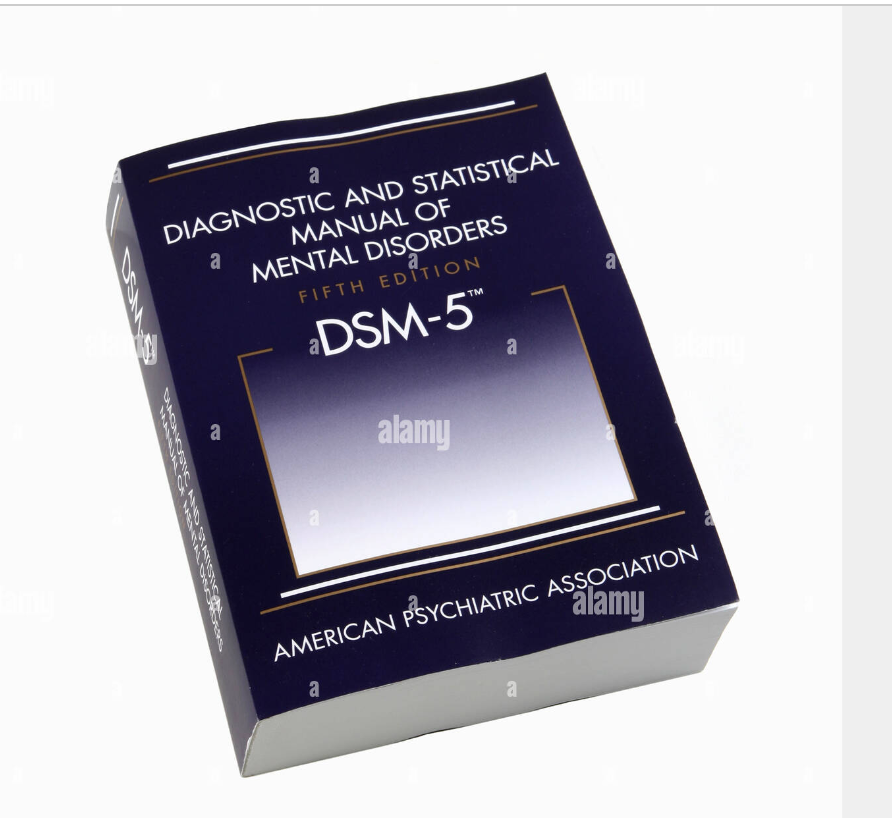By James Knickman, PhD, Ranga Krishnan, MB, ChB, and Harold Pincus, MD
The United States needs to do more to help improve the outcomes of people with mental health disorders, substance use disorders, or both. In 2014, approximately 18% of US adults experienced some form of mental health disorder and 8% had a substance use disorder.1 Mental health disorders are among the most expensive conditions; in 2013, annual health spending on mental health disorders in the United States was approximately $201 billion.2 Importantly, behavioral health and overall health are fundamentally linked. Mental health and substance use disorders are often accompanied by comorbidities, such as cardiovascular disease and diabetes, and the additional costs associated with behavioral comorbidities are $293 billion.3Patients seen in primary care settings with chronic medical conditions, such as diabetes, asthma, and cardiovascular disorders, have a higher probability of having a substance use disorder or more common mental health conditions, such as depression and anxiety disorders. Coexistence of mental health or substance use disorders with general medical conditions complicates the management of both and is associated with reduced life expectancy. For example, a 35-year-old man with schizophrenia, diabetes, and tobacco dependence can expect an up to 25-year shortened life span.4
Systems of care for general medical, mental health, and substance use disorders are fragmented. The United States has various problems impeding its efforts to improve care for people with behavioral health problems. Effective treatments are available, but there is limited success in getting these treatments to many of the people who can benefit from them. Despite the availability of effective care models, identifying and engaging patients in primary care with behavioral health problems has proven difficult. Moreover, the United States needs to solve the problem of providing access and building the capacity to meet the needs of even those who are already engaged in care. At the same time, individuals with severe mental health and substance use disorders have difficulty accessing effective primary and preventive care for chronic medical conditions.5,6 The goal should be better life outcomes and access to effective integrated care for every person.
BARRIERS TO EFFECTIVE CARE
Three key system-level barriers impede more effective care. First, health care in the United States is highly fragmented with the following separate, unintegrated systems: a medical care system, a mental health care system, a substance use service system, as well as an often-needed social service system. Each system has its own culture, regulations, financial incentives, and priorities that deter care integration.
Second, the workforce serving this population is undersized, poorly distributed, and underprepared for the challenges. There are not enough psychiatrists, psychologists, social workers, and substance use counselors, and there is large regional variation in the supply of the required workforce to meet the needs of the population with these conditions. These professionals are also not adequately trained to work in teams to deliver medical, social, and behavioral evidence-based services.
Third, the existing payment system does not adequately incentivize or provide the required resources to deliver effective care. Currently, a fee-for-service system is the dominant payment mechanism for behavioral health services. But given the importance of integration across care providers and of working in teams, payment approaches need to focus on shared accountability across behavioral and medical systems to achieve good outcomes and to manage the broad care needs each individual requires. This type of value-based payment is still uncommon.
FACTORS FACILITATING IMPROVED CARE
More people have health insurance now, and payment parity laws have made it mandatory that mental health and substance use services are reimbursed in the same way as medical care services. Treatment approaches and integrated care models for managing mental health problems and substance use conditions in conjunction with general medical needs are now available for widespread use.7 These approaches have been tested and demonstrate improved outcomes when implemented consistently. Health care organizations and clinicians are beginning to consolidate and integrate due to market forces and incentives from a broad range of initiatives sponsored by federal and state governments as well as by private health care payers.8 These include new organizational models to coordinate and integrate care, such as health homes and accountable care organizations, which involve expanded primary care and incentives to provide better integrated care for patients with mental health and substance use disorders.
Furthermore, new technologies are poised to help address the needs of people with behavioral health needs, including interoperable electronic records to improve the coordination of care, and internet-based therapies, such as Mood Gym, Beating the Blues, and This Way Up, that patients can access with greater ease and at lower cost than face-to-face conventional psychotherapy. In particular, virtual visits provided by clinicians through the internet improve access and enhance patient convenience.9 In such instances, the ability to hold a session by videoconferencing can reduce cancellations and no shows, while giving the clinician a better window into patient behavior in the home context.
The call for improvement of mental health services in the United States is not new. It will take the energy and commitment of many parts of US society to improve outcomes for people who have mental health and substance use disorders, especially in the presence of other medical problems. Supportive families, supportive work places, supportive health care professionals, and supportive communities are needed. Public policy at the federal level also can play a role in leading progress in this social challenge.
SUMMARY RECOMMENDATIONS
-
Implement payment models that support service integration. Develop and apply new payment approaches that provide fair payments, recognize the costs of managing care for patients who have interacting medical and behavioral health conditions, and encourage the use of teams and technology to implement evidence-based strategies to identify, engage, and manage the care of patients effectively.
-
Train a workforce skilled in managing mental health and substance abuse. Invest in strategies and programs to expand, improve, diversify, and leverage through technology more efficient team-based approaches within the clinical workforce and develop incentives to improve service in underserved areas.
-
Develop incentives to diffuse tested organizational models. Encourage and invest in improvements in know-how for building better care models, clinical and organizational strategies, and accountability mechanisms to enable attainment of better outcomes. Standards that are measurable must be created to implement incentives to diffuse tested organizational models and establish a culture of shared accountability to integrate the delivery of services. Barriers exist that make progress difficult, but so do clinical and policy strategies that, if applied, hold potential for enabling striking progress in improving the lives of people who face these challenges. Although much of the needed knowledge is available, better execution is necessary to put that knowledge into action.
REFERENCES
PubMed | Link to Article
PubMed | Link to Article
PubMed | Link to Article
PubMed | Link to Article
PubMed | Link to Article





Leave A Comment